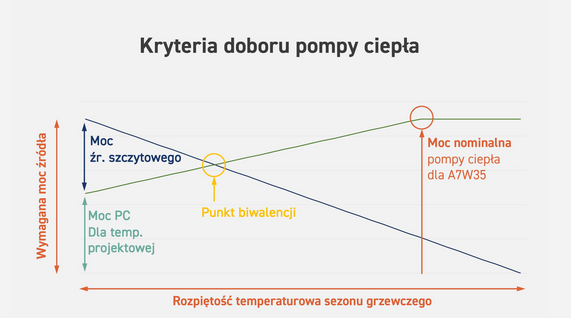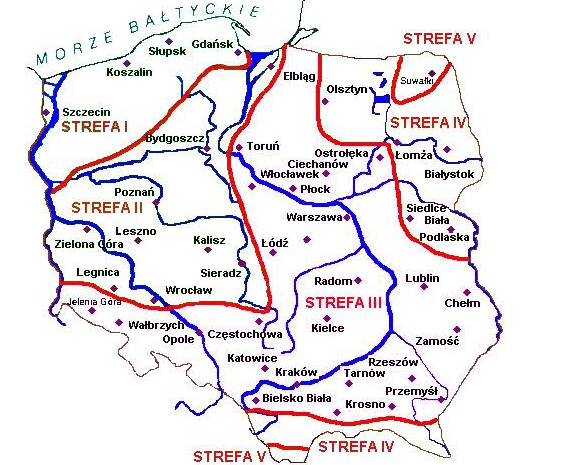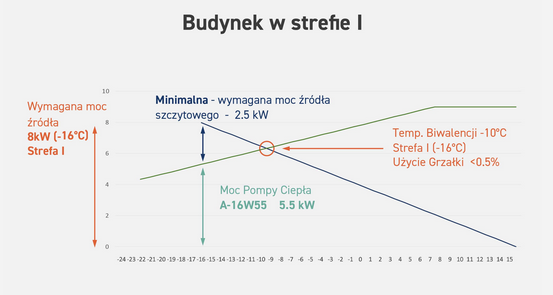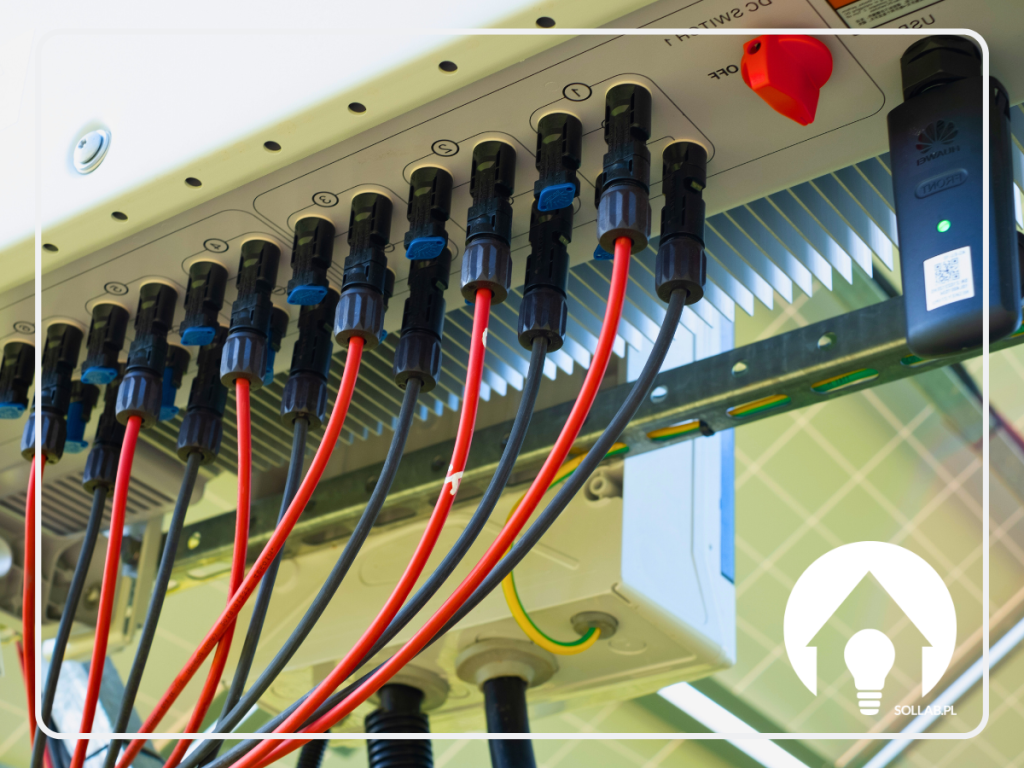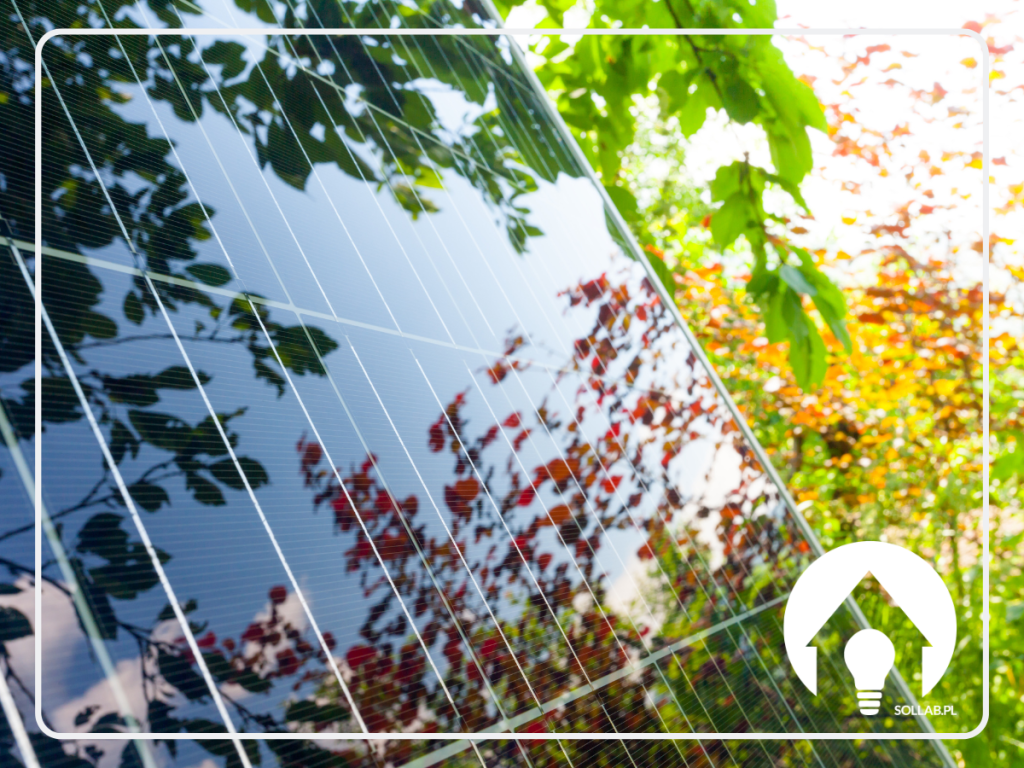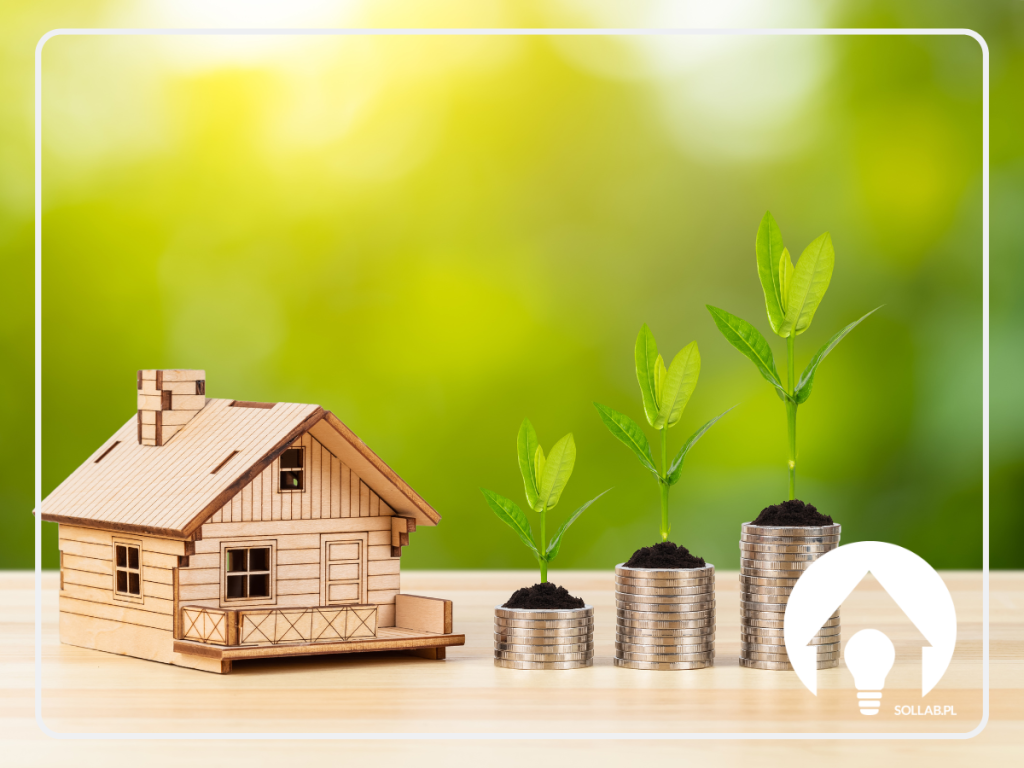How do you select a heat pump?
With the right choice of heat pump, heat comfort can be ensured in an environmentally friendly and cost-effective manner under all weather conditions. The right choice of unit is not easy, as it requires the consideration of many factors, such as the exact heat demand of the building. The best solution is to entrust this task to specialists who will analyse all the factors. However, it is useful to know which parameters to pay attention to when choosing the power of a heat pump. In this article, we will provide some tips to help you choose the right heat pump for your building.
Types of heat pumps - choose the right one for you
There are three basic types of heat pump: air source, ground source and water source. Each type of heat pump has its own advantages and disadvantages. Air pumps are usually the cheapest and easiest to install, but their efficiency depends on the ambient temperature. Ground source pumps are more efficient but require more space for installation. Water pumps are the most efficient but require access to water, which can be problematic in some cases. The choice of pump type depends on individual needs and site conditions.
Heat demand of the building - appliance selection
The primary consideration when selecting a heat pump is to ensure the thermal comfort of the building. The unit requirement is calculated using a mathematical formula. Among other things, account is taken of the heat loss that occurs as a result of heat penetration through building components such as floors and walls. The mode of operation of the heat pump is selected so as to optimise operating costs while keeping investment costs as low as possible.
The graph below shows the relationship between the outside temperature and the building's heat demand in kW during the heating season. When sizing a heat pump for a building, it is necessary to fulfil the heat source power requirement. It is the responsibility of the designer to verify that, at a specific outdoor temperature, the output of the heat pump, plus the output of the available peak source, covers the design demand in the building for the specific boiler water temperature that the installation requires.
The second, and equally important, is the bivalence point, which is nothing more than the point of intersection between the heat pump's output curve and the building's heat demand curve. The bivalence point refers to the temperature at which the peak source, the electric heater, will join the heat pump's operation in parallel with the heat pump.
Climate zone and heat pump selection
Poland is divided into 5 climate zones. These are differentiated. The normative design outdoor temperature in the first zone is -16°C and in the fifth -24°C. For each climate zone, a range of temperature values for the bivalent point has been defined. Therefore, depending on which climate zone the building is located in, different external temperatures are used for the calculations.
Climate zone I - heat demand of the building in kW
Based on a building located in Gdansk, an analysis of the heat demand is presented below. The analysis will use a single-family building of approximately 180 m2, designed in Gdansk, so in the first climatic zone. Calculations carried out during the selection of the heat pump have shown that, under design conditions, i.e. for a temperature of -16 °C, the building's power requirement will be 8 kW.
With an outdoor temperature of -16 deg C, so the lowest temperature of the heating season for climate zone I, for a radiator system with a boiler water temperature of 55 deg C, the output of the heat pump is 5.5 kW. The demand is 8 kW, so the minimum required peak source power is 2.5 kW. This means that if a unit with these characteristics, equipped with a 3 kW heater, were sized for the building, it would be able to cover the power requirement without any additional components. At the same time, a bivalence temperature of -10 deg C would translate into extremely low use of the electric heater, so that the operating costs resulting from the use of the heater would be almost negligible.
Heat pump efficiency - COP
Another important factor to consider is the energy efficiency of the heat pump. The COP expresses the ratio between the amount of heat supplied by the pump and the amount of energy used to power it. The higher the COP (Coefficient of Performance), the more efficient the heat pump is. It is worth noting that heat pumps with a lower output may have a higher COP, which can affect the overall running costs.
If your heat demand is very high or you need a heat pump to heat a commercial building, it is worth considering installing a booster system. It can help supplement your heat demand, which translates into reduced running costs and increased heat pump efficiency.
In summary, choosing the right heat pump is a complex but very important process. It is worth consulting heat pump experts who can help you select the right solution for your building. With a heat pump that is precisely matched to your needs, you can enjoy comfortable heating and significantly reduce operating costs compared to traditional heating systems.
